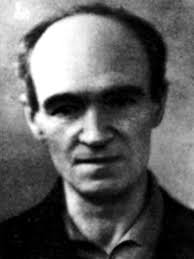
1883 - 1941
Pavel Filonov
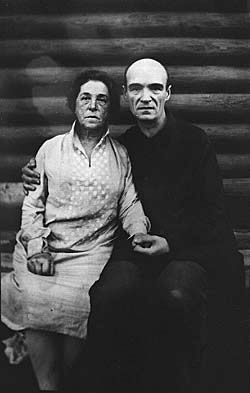
description
Synopsis:
A Russian painter and graphic artist, who officially called himself an artist-researcher. He was one of the famous leaders of the avant-garde in his country, a theorist and founder, as well as a practitioner and teacher of “analytical art”, a unique reforming movement that had a significant impact on the artistic mindsets of many creators of the first half of the 20th century.
Filonov brought elements of scientific knowledge into the vanguard movement and was engaged in combining different ways of knowing the world, relying on intuition. In fact, the artist, who had phenomenal abilities in abstracted thinking, developed a symbolic understanding of painting, the aim of which was to depict not only the object but also thoughts about it and the way of its transmission, that is, added self-reflection to symbolism.
Filonov had many followers and imitators, but the strength of his original “accomplishment” was difficult to achieve. Filonov’s “analytical art”, which formed the symbolist branch in the Russian avant-garde, was in opposition to constructivism and suprematism and came close to the surrealistic motives of European modernism.
The master’s works are popular in the art market and are constantly exhibited throughout the world. At the exhibition in the Paris center of G. Pompidou in 1990, eight works stolen from the Russian Museum were found; seven of them were returned after many years of negotiations.
Key ideas:
– In the first manifesto “Intimate Workshop of Painters” (Painted Pictures) in 1914, such key phrases as “world prosperity” appeared; the importance and self-worth of the picture, as well as the need to bring new horizons in the art of collective efforts, were affirmed.
– The creative process, according to Pavel Filonov, consists of brief single touches of the surface of the canvas or paper with a brush or a sharp pencil. The “point as an action unit” formula then went into the synthetic phase of work, which led to the final multilayer composition. The creation of a work of art thus became like the organic growth of a painting.
– In the “complete”, that is already finished picture, there is a connection of all the details between each other, while the duration of the drawing process materializes, according to Filonov’s theory, time as the fourth dimension of space.
– Creating portraits of his family members, Filonov painted their faces in accordance with the rules of realistic art and demonstrated high academic skills, as well as the ability to take into account the tastes of the model and convey character traits.
– In parallel with traditional portraits, the artist painted meaningless compositions. Avant-garde painters did not have such freedom in changing work methods; it means that Filonov knew the laws of craft perfectly and clearly separated it from experiments.
1883
1897
1903
1908
1910
1912
1914
1916
1918
1922
1929
1931
1933
1941
The artist was born
Graduated with honors from the city parish school in Moscow

Having moved to St. Petersburg, he entered painting workshops, finishing which he was engaged in “painting work” and attended evening drawing classes at the Society for the Promotion of Arts.
Studied at the private workshop of academician Dmitriev-Kavkazsky
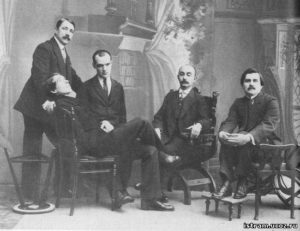
He enrolled at a school at the Academy of Arts as a volunteer

Participated in the exhibition of the "Union of Youth"

He wrote an article "Canon and the Law"

"Intimate Workshop of Painters and Draftsmen "Complete Pictures"
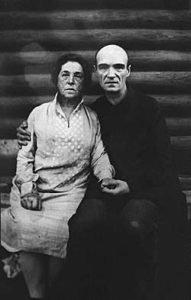
He was mobilized as a ranker to the Romanian front
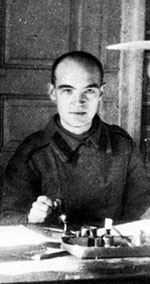
“Mother” and “City Winner”
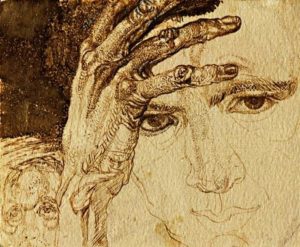
His paintings regularly appeared at the expositions of the “Community of Artists”

The Russian Museum planned a personal exhibition of Filonov

The Academia Publishing House invited Filonov to illustrate the Kalevala epic

He took part in the exhibitions “Artists of Russia for 15 years”

The death of the artist

